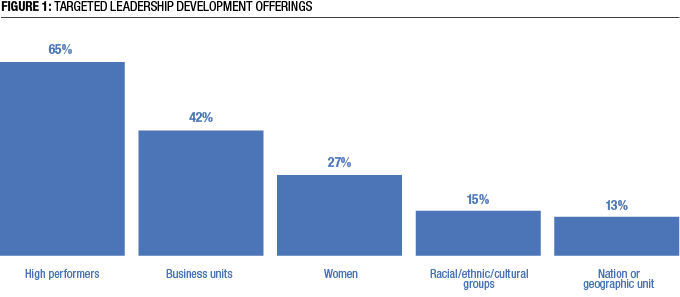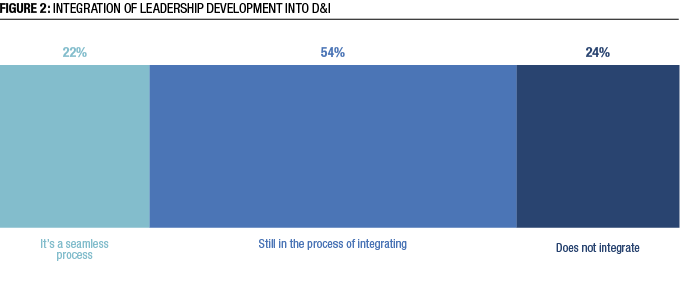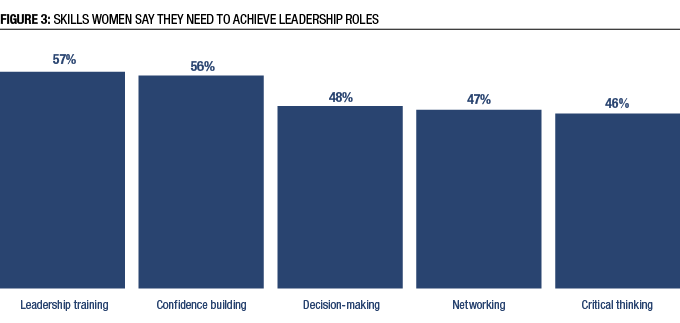On Feb. 26, Chicago voters narrowed the giant field of 2019 mayoral candidates from 14 to two in an historic election that sent two African-American female candidates to an April runoff election. The winner, Lori Lightfoot, will be the city’s first African-American female mayor.
It’s an exciting time, as more women and people of color are moving into leadership positions in both government and business. But it’s safe to say there’s still plenty of room for improvement. According to 2019 data from Catalyst, women — particularly minority women — are still scarce in corporate leadership roles: In S&P 500 companies, women represent 26.5 percent of executive and senior-level officials and managers and 5 percent of CEOs. Women of color represent only 4.7 percent of executive and senior-level roles.
Additionally, according to the “Missing Pieces Report: The 2018 Board Diversity Census of Women and Minorities on Fortune 500 Boards,” while there have been a few gains for some demographic groups in terms of women and minority representation on corporate boards, advancement is slow. In 2018, 66 percent of Fortune 500 board seats were held by white men, 17.9 percent were held by white women, 11.5 percent were held by minority men, and 4.6 percent were held by minority women. The study is a culmination of a multiyear effort by the Alliance for Board Diversity in collaboration with Deloitte.
The slow advancement of women, minorities and particularly minority women can be attributed to an abundance of factors and barriers. According to data from the Chief Learning Officer Business Intelligence Board, only 27 percent of surveyed learning organizations offer specific leadership development for women,and 15 percent have leadership development offerings specific to racial, ethnic or cultural groups (Figure 1).

Additionally, only 22 percent of those surveyed said diversity and inclusion is seamlessly integrated with the design and planning of leadership development at their organization (Figure 2).

Twenty-four percent said their organization does not integrate D&I with leadership development at all, and the majority (54 percent) said they are still in the process of integrating the function.
The Chief Learning Officer Business Intelligence Board is a group of 1,500 professionals in the learning and development industry who have agreed to be surveyed by the Human Capital Media Research and Advisory Group, the research and advisory arm of Chief Learning Officer magazine.
Research shows that leadership development is critical to helping women and minorities move into leadership roles. The “KPMG Women’s Leadership Study,” conducted in 2015, identified confidence building and leadership training, as well as the ability to network with women leaders, as key to expanding women’s leadership. According to the study, when asked what skills were needed to help move more women into leadership roles in the future, professional working women cited leadership training, confidence building, decision-making, networking and critical thinking most often (Figure 3).

It’s widely understood that a diverse workforce provides many immediate and long-term benefits to businesses. And companies with more women in leadership have been shown to outperform competition significantly. Offering development programs specific to women and minorities could help grow representation of these groups on our leadership teams, leading to a stronger company culture, extended market reach and even increased recruiting opportunities.














